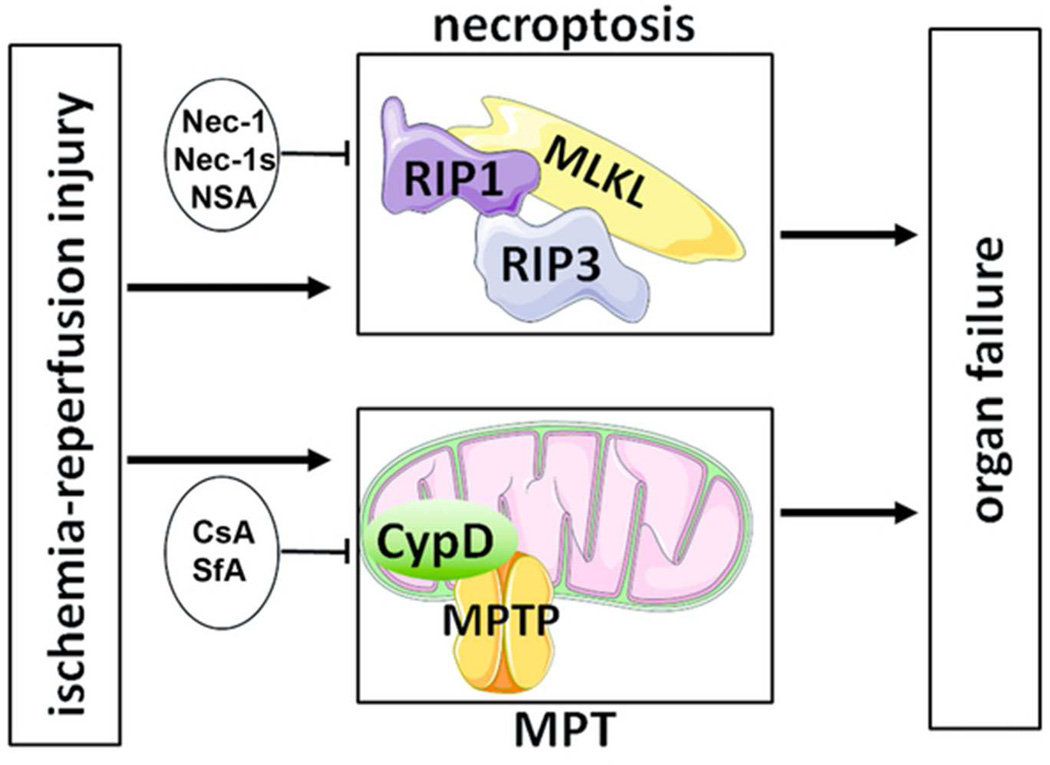Figure 3. Combination therapy to target regulated necrosis.
In ischemia-reperfusion injury, independent pathways of regulated necrosis contribute additively to overall organ damage. Whereas formation of the necroptotic pathway involves RIPK1-triggered assembly of the necrosome (MLKL-RIPK3), mitochondrial permeability transition (MPT) independently contributes in a cyclophilin D dependent manner. Necroptosis may be blocked by necrostatin-1 (Nec-1), second generation “stable” Nec-1 (Nec-1s) or the MLKL-inhibitor necrosulfonamide (NSA). MPT is inhibited by cyclosporine A (CsA) or sanglifehrin A (SfA). Combination therapy with Nec-1 and SfA exhibited significantly stronger protection compared to each monotherapy.

